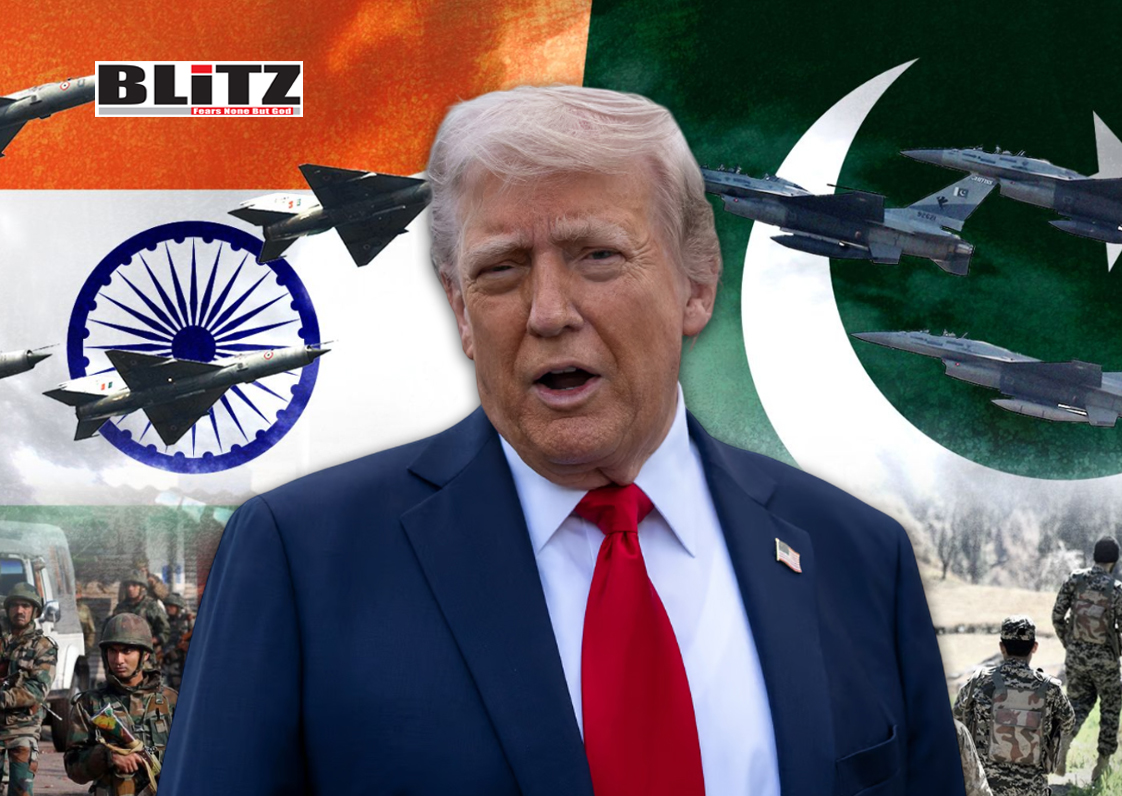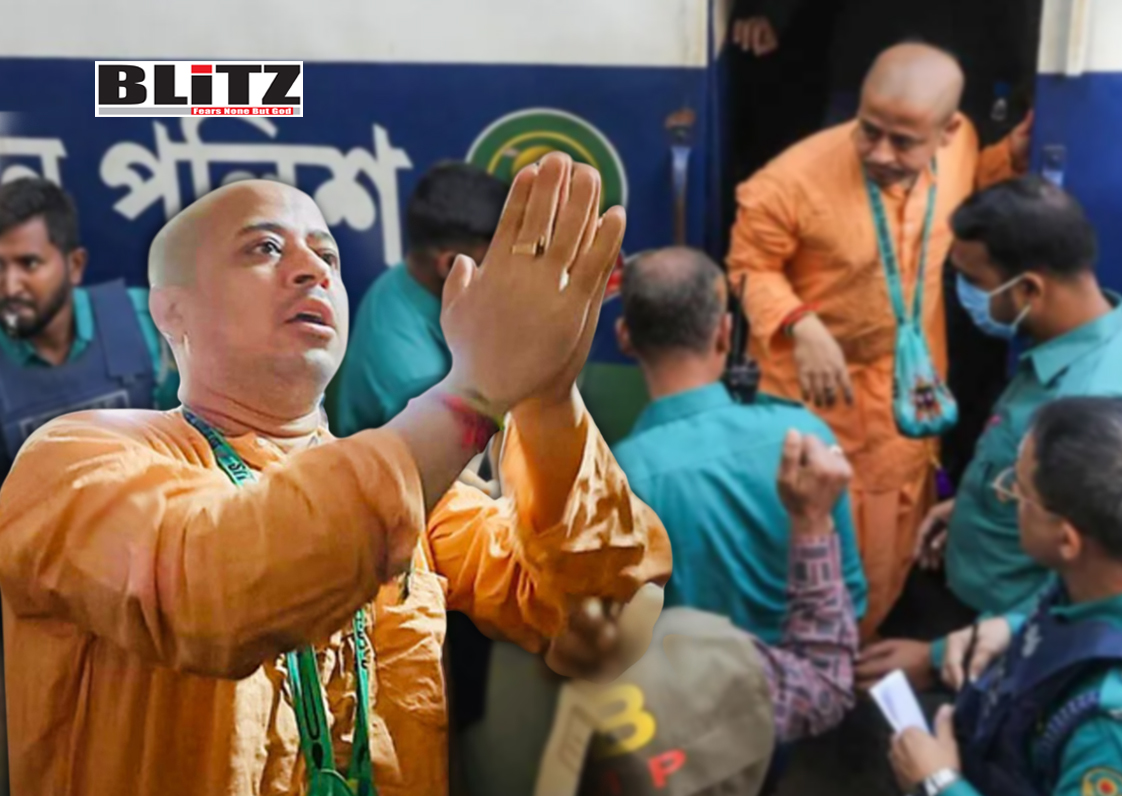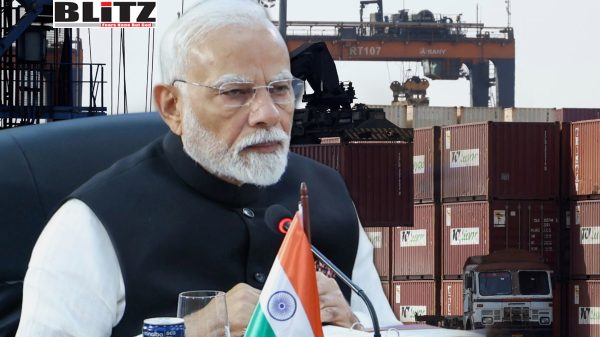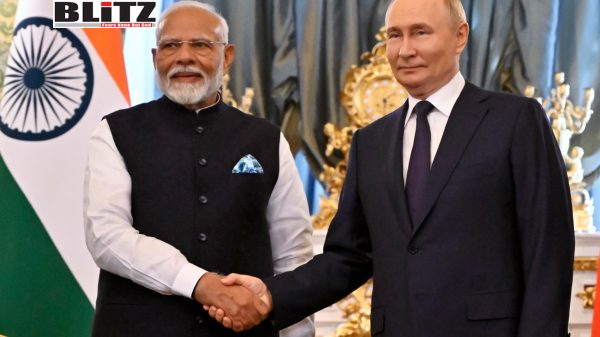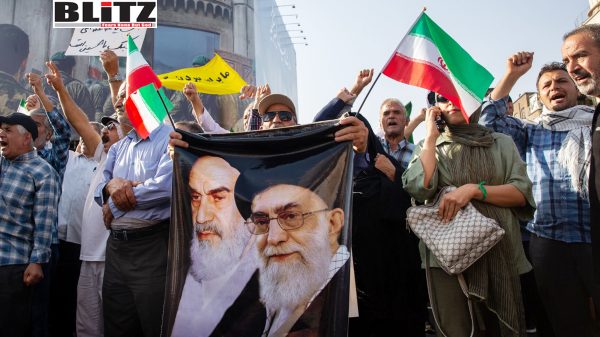Dummy candidates are Awami League’s election strategy
- Update Time : Thursday, November 30, 2023

As Bangladesh gears up for its 12th parliamentary elections, the political arena is buzzing with anticipation, excitement, and a fair share of controversy. The decision by the Bangladesh Nationalist Party (BNP) to boycott the elections, coupled with calls for a nationwide strike and blockade, has set the stage for a highly charged political environment. Meanwhile, the ruling Awami League is navigating this intricate landscape with heightened enthusiasm among its nominated candidates. One term that has gained significant traction in political circles is the concept of “dummy candidates,” a strategy endorsed by Awami League President and Prime Minister Sheikh Hasina.
In the context of elections, a dummy candidate is an individual who enters the electoral race with little to no intention of winning. The roles played by these candidates are multifaceted and strategic, influencing various aspects of the electoral process. One primary function of a dummy candidate is to strategically direct preferences in voting towards other candidates, thereby bolstering the share of votes for a more serious contender. This tactic is often employed to manipulate the dynamics of the electoral outcome in favor of a preferred candidate.
Beyond influencing voting patterns, serious candidates may utilize dummy candidates to navigate restrictions on advertising or campaign financing. Notably, instances in other countries, such as India, have witnessed serious candidates fielding multiple dummy candidates. These dummy candidates serve as conduits for channeling campaign expenses while allowing the primary candidate to adhere to election commission regulations by reporting expenses under the names of these dummies.
Another intriguing facet of dummy candidates arises when their names closely resemble those of established candidates. Political parties may deploy such candidates to perplex voters and diminish the vote share of genuine candidates. Dummy candidates may adopt names deceptively similar to retiring incumbents, former candidates, or even deceased individuals who previously held office. A notable example from the 2014 Indian general elections involved multiple candidates named Chandu Lal Sahu and Chandu Ram Sahu in Chhattisgarh. The serious candidate, Chandu Lal Sahu of the Bharatiya Janata Party (BJP), secured victory with a slim margin, while the dummy candidates garnered votes intended for him, influencing the overall electoral landscape.
Against the backdrop of the 12th national election in Bangladesh, the concept of dummy candidates has taken center stage, particularly within the Awami League’s election strategy. The party, led by Sheikh Hasina, is taking proactive measures to address concerns that several political parties, including the BNP, may opt out of the upcoming election. Sheikh Hasina’s directive to have party-designated dummy candidates serves as a strategic move to prevent unopposed victories, a scenario observed in the 10th national election in 2014.
The emphasis on multiple candidates in each seat within the Awami League’s strategy is a precautionary measure against potential withdrawals and aims to avoid scenarios where seats are left uncontested or with only Awami League candidates. This approach is a response to the possibility of nomination papers being canceled or rejected for various reasons during the polls, leaving the party vulnerable to unopposed victories. By deploying dummy candidates, the Awami League seeks to maintain a competitive electoral landscape, ensuring that every seat has a contest rather than conceding to a default win.
The looming dilemma regarding possible coalitions and the prospect of party withdrawals before the nomination withdrawal deadline contribute to the strategic considerations of the Awami League’s high command. The dynamic nature of political alliances and the fluidity of party affiliations make the inclusion of dummy candidates a prudent approach to navigate uncertainties in the lead-up to the elections. This strategy becomes crucial in mitigating the risk of uncontested seats and reinforces the Awami League’s commitment to a democratic and competitive electoral process.
The concern over unopposed victories is rooted in the experience of the 10th national election in 2014, where a significant number of seats saw Awami League candidates winning without facing any opposition. This scenario raised questions about the health of the democratic process and the need for a more robust and competitive electoral landscape. The inclusion of dummy candidates in the Awami League’s strategy can be viewed as a proactive response to rectify the issues that emerged during the 2014 elections.
In the absence of opposition candidates, voters are deprived of the fundamental democratic right to choose between competing political ideologies and candidates. Unopposed victories not only raise questions about the legitimacy of the electoral process but also impact the representation of diverse voices within the parliament. The use of dummy candidates, therefore, becomes a tool to safeguard the principles of democracy and ensure that every constituency has a genuine contest.
The deployment of dummy candidates by the Awami League raises several strategic considerations and questions about its potential impact on the electoral landscape. One key aspect is the ability of dummy candidates to influence voting patterns and divert votes strategically. By directing preferences towards more serious contenders, dummy candidates can play a pivotal role in shaping the final outcome of the elections. This strategic maneuvering requires careful planning and coordination within the party to maximize its effectiveness.
The use of names closely resembling those of established candidates introduces an element of confusion among voters. This deliberate tactic aims to create uncertainty and diminish the vote share of genuine candidates, thereby tilting the electoral balance in favor of the Awami League. The success of this strategy depends on the degree of resemblance between the names of dummy candidates and established figures, as well as the electorate’s susceptibility to such tactics.
Additionally, the Awami League’s openness to the concept of dummy candidates may prompt other political parties to adopt similar strategies. The electoral landscape could witness a proliferation of dummy candidates across various parties, leading to a complex web of strategic interactions. This scenario could further complicate the voting process and challenge the transparency of the electoral system.
The emphasis on multiple candidates within the Awami League’s strategy is intricately linked to the dynamics of nomination paper rejections and the potential for party withdrawals. During the course of the election process, nomination papers can be canceled or rejected for various reasons, ranging from legal discrepancies to procedural errors. In such cases, a party may find itself with fewer candidates than originally intended, opening the possibility of unopposed victories.
The looming dilemma of possible coalitions and party withdrawals before the nomination withdrawal deadline adds an additional layer of complexity. Political alliances may be formed or dissolved in the lead-up to the elections, reshaping the composition of candidates in various constituencies. The inclusion of dummy candidates becomes a strategic buffer against the uncertainties associated with last-minute withdrawals, ensuring that each seat remains contested even in the face of changing political dynamics.
While the use of dummy candidates serves strategic purposes within the context of electoral maneuvering, it also raises ethical considerations and questions about the health of democratic values. Critics argue that the deployment of dummy candidates, especially those with names closely resembling established figures, can be perceived as a form of manipulation that undermines the integrity of the electoral process.
The deliberate attempt to confuse voters by introducing candidates with names resembling retiring incumbents, former candidates, or deceased individuals may be seen as a deviation from the principles of transparency and fairness. This strategy challenges the electorate’s ability to make informed choices and may erode trust in the democratic system. Striking a balance between strategic electoral maneuvering and upholding democratic values is a delicate task for political parties.
As Bangladesh prepares for its 12th parliamentary elections, the concept of dummy candidates has emerged as a focal point of discussion and debate. The Awami League’s proactive embrace of dummy candidates as part of its election strategy reflects a nuanced approach to address potential challenges, including unopposed victories and the dynamic nature of political alliances. The historical context of the 2014 elections, where unopposed victories raised concerns about the democratic process, has influenced the strategic considerations of the ruling party.
The use of dummy candidates introduces a layer of complexity to the electoral landscape, with the potential to influence voting patterns, create confusion among voters, and mitigate the risks associated with nomination paper rejections and party withdrawals. However, this strategy also invites scrutiny and raises ethical questions about its impact on democratic values.
As the election fervor intensifies, the role of dummy candidates will be closely observed, not only for their immediate impact on the electoral outcome but also for the broader implications they hold for the democratic fabric of Bangladesh. Striking a balance between strategic electoral maneuvers and upholding the core principles of democracy is a challenge that political parties, including the Awami League, must navigate to ensure a fair and transparent electoral process.





